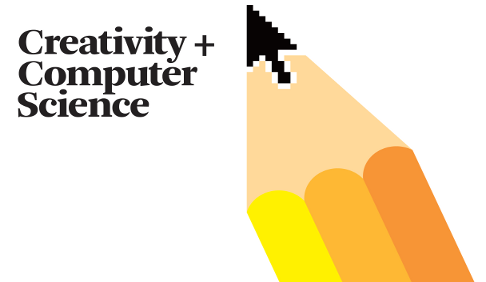
Online content creators are making decisions every day based on copyright laws that even judges have trouble interpreting. What impact does this confusion over the law have on our technology use and our creativity online?
By Casey Fiesler
HTML | In the Digital Library
Tags: Copyrights, Web-based interaction

For animated film "Brave," Pixar Animation Studios adopted a procedural workflow for special effects. This new paradigm changed how Pixar approached effects. It allowed them to iterate, experiment, and layer physics alongside artist-directed elements. The effects artists used proceduralism to create a Scottish river for the main characters to enjoy some mother/daughter time.
By Michael O'Brien
HTML | In the Digital Library
Tags: Animation, Simulation by animation






















